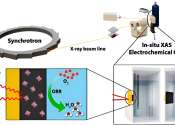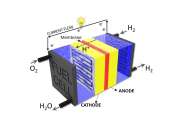Cobalt nanoparticles could become a significant player in the pursuit of clean energy
To help address climate change, we urgently need to transition to clean energy. The energy sector is a significant contributor to greenhouse gas emissions, which are the primary drivers of global warming.
Nov 6, 2023
0
8









